The Turkey Seasoning Showdown: Spices That Make Your Bird Sing!
Hey spice lovers and culinary curious cats! If you’ve ever stared at your turkey wondering, “What seasoning to put on the turkey?” then grab your aprons and your favorite spice rack—we’re diving into the ultimate showdown of seasonings that will make your bird sing like it’s auditioning for America’s Got Taste.
Why Seasoning a Turkey is More Than Just Sprinkling Magic Dust
Let’s be real—turkey has a bit of a bad rap. Dry, bland, and sometimes cardboard-level flavor? Not exactly the stuff of food dreams. But here’s the twist: the right spice blend can turn that humble gobbler into a masterpiece of flavor and juiciness.
Seasoning isn’t just about masking taste; it’s about layering flavors, balancing profiles (sweet, savory, spicy), and creating an aromatic experience that makes your guests forget they’re eating something they usually only see on Thanksgiving.
Quick Tip: Don’t Forget the Base!
- Salt: The MVP of all seasoning. It enhances natural flavors and helps with moisture retention.
- Black pepper: Adds bite and balances sweetness.
- Olive oil or butter: Helps spices adhere and promotes crispy skin.
The Spice Breakdown: What Seasoning to Put on the Turkey
| Spice | Flavor Profile | Best Used With | Pro Tip |
|---|---|---|---|
| Paprika | Sweet, smoky, mild heat | Smoked paprika adds depth to rubs | Adds beautiful color and flavor in one go |
| Rosemary | Woody, earthy, pine-like | Garlic, lemon, olive oil | Great under the skin for slow roast infusion |
| Thyme | Citrusy, minty, subtle | Onion, sage, poultry seasoning blends | Perfect for herb crusts or stuffing pockets |
| Sage | Earthy, peppery, slightly citrusy | Butter, bread crumbs, chestnuts | A classic for a reason—especially around the holidays |
| Cumin | Earthy, nutty, warm | Coriander, chili powder, lime | Adds Middle Eastern flair to roasted turkey |
| Garlic Powder | Pungent, sweet when cooked | Onion powder, herbs, salt | Mix with butter for a quick compound spread |
| Chili Powder | Spicy, smoky, earthy | Cumin, oregano, cayenne | For those who like their turkey with a kick |
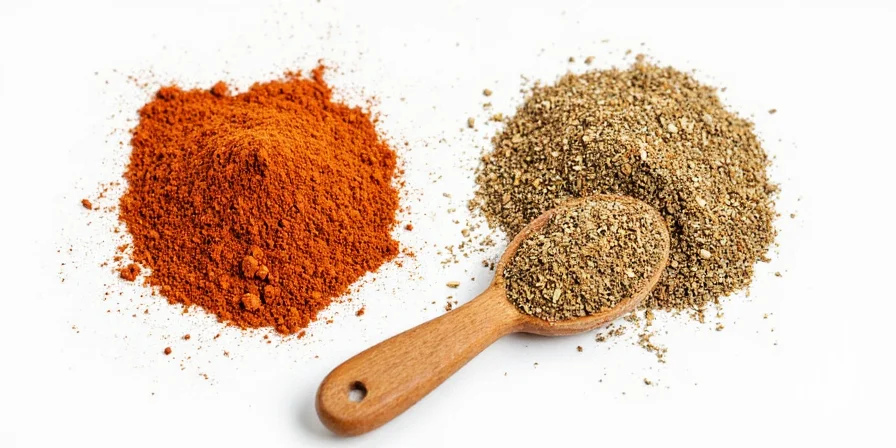
5 Flavor Profiles to Elevate Your Turkey Game
1. Classic Comfort: Herb-Infused Tradition
- Rosemary
- Thyme
- Sage
- Black pepper
- Butter
This blend is perfect if you're hosting traditionalists or want a cozy, holiday vibe. Rub under the skin and over the breast for maximum flavor absorption.
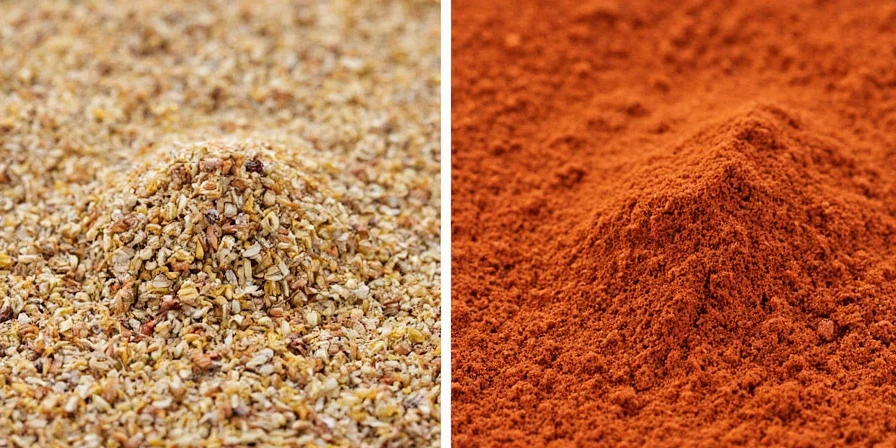
2. Smoky Southern Charm
- Smoked paprika
- Garlic powder
- Onion powder
- Cayenne (for a little fire)
- Brown sugar (for balance)
Bring a touch of barbecue soul to your bird. This mix works wonders with a slow-roast or smoked turkey approach.
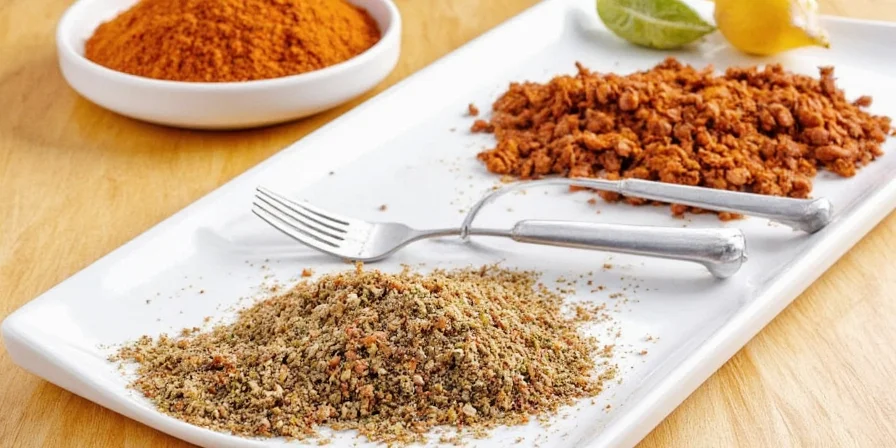
3. Mediterranean Dream Team
- Oregano
- Thyme
- Garlic
- Lemon zest
- Olive oil
If you love fresh, vibrant flavors, this blend brings brightness and aroma. Great served with roasted vegetables or couscous.
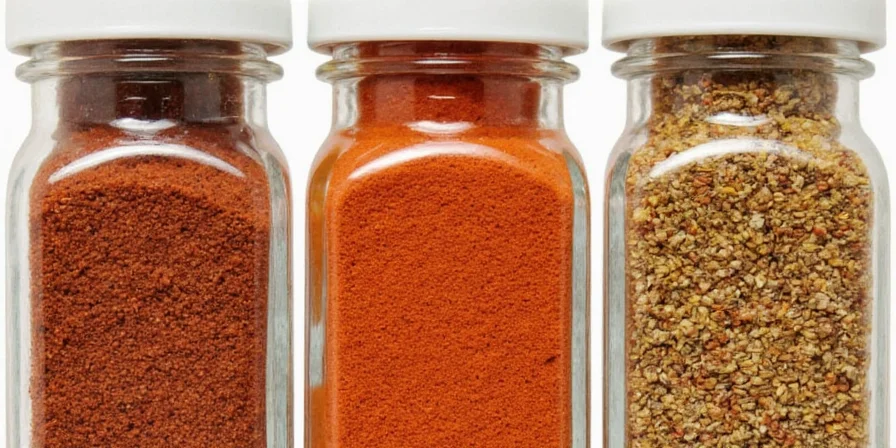
4. Spicy Fiesta
- Chili powder
- Cumin
- Cayenne
- Coriander
- Lime juice (brushed before roasting)
For those who like a little heat with their meat. This combo screams fiesta vibes and pairs well with cornbread stuffing or avocado-lime sauce.
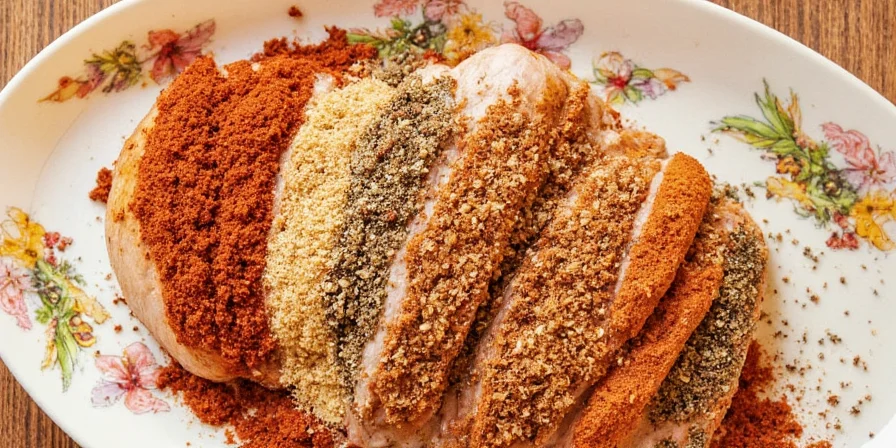
5. Global Fusion
- Garam masala
- Fennel seeds
- Ginger powder
- Coconut milk (optional glaze)
- Curry leaves (if available)
Step outside the box with Indian-inspired flavors. Perfect for adventurous eaters or fusion feasts.
Pro Tips for Seasoning Like a Spice Samurai 🥘
- Brine first, season later: A simple saltwater brine (with optional aromatics) ensures juicy meat, while seasoning adds the outer flavor punch.
- Rub under the skin: For maximum flavor penetration, gently lift the skin and massage the rub directly onto the flesh.
- Let it rest: After seasoning, refrigerate the turkey uncovered for 8–24 hours. This dry-brining method enhances crust formation and deeper flavor.
- Use a binder: Oil, butter, yogurt, or mayonnaise helps spices stick and promotes even coverage.
- Don’t skip the cavity: Stuff aromatics like onion, garlic, lemon, and herbs inside the turkey cavity for internal flavor bombs.
- Layer it up: Start with a base (salt + pepper), add herbs/spices, finish with a touch of acid or sweetness for contrast.
When Less is More: Common Seasoning Mistakes to Avoid
- Overdoing it: Too many spices can overpower the turkey itself. Stick to 3–5 main ingredients unless you're doing a complex fusion blend.
- Using old spices: Check expiration dates. Stale spices = sad turkey.
- Skipping the test: Taste your rub before applying it to the bird. Trust your palate!
- Ignoring regional styles: Different cuisines use unique spice combos. Explore beyond rosemary and sage occasionally!
Final Thoughts: Spice Up Your Turkey, Not Your Life
Whether you're a seasoned pro or a weekend warrior with a whisk and a dream, seasoning your turkey doesn't have to be complicated. The key is understanding how different spices play together and knowing what kind of flavor profile you’re aiming for.
So next time you ask yourself, “What seasoning to put on the turkey?”, remember this: the answer is not one-size-fits-all. It’s about creativity, balance, and maybe a dash of bravery.
Now go forth and spice boldly, my friends. And don’t forget to take a picture of that perfectly golden-brown masterpiece—your future self will thank you during next year's #TurkeySzn brainstorming session.
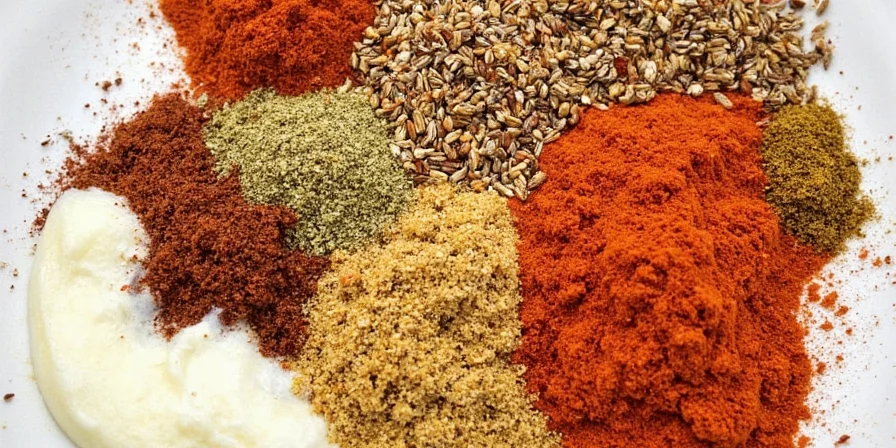
Summary Table: Quick Reference for Best Seasonings on Turkey
| Desired Flavor | Recommended Spices | Optional Add-Ons |
|---|---|---|
| Classic | Rosemary, thyme, sage | Garlic, butter, lemon |
| Smoky | Smoked paprika, cumin | Brown sugar, chili powder |
| Herbaceous | Dill, parsley, thyme | Olive oil, shallots |
| Spicy | Cayenne, chili powder | Lime, coriander |
| Exotic | Garam masala, fennel | Coconut, curry leaves |

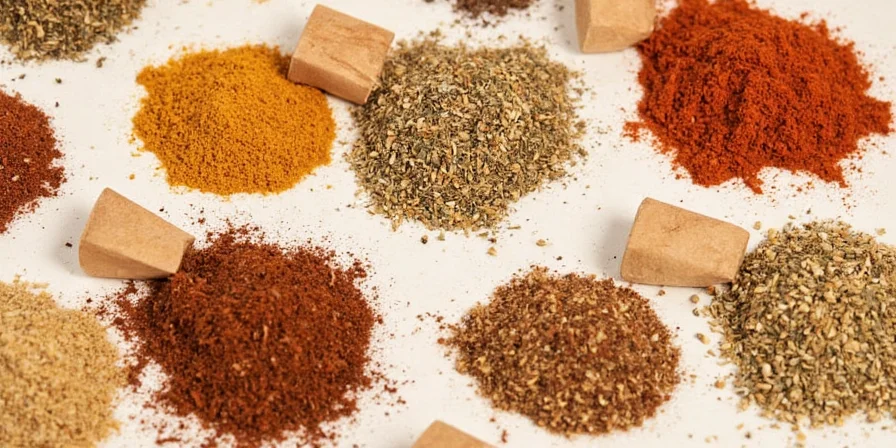









 浙公网安备
33010002000092号
浙公网安备
33010002000092号 浙B2-20120091-4
浙B2-20120091-4